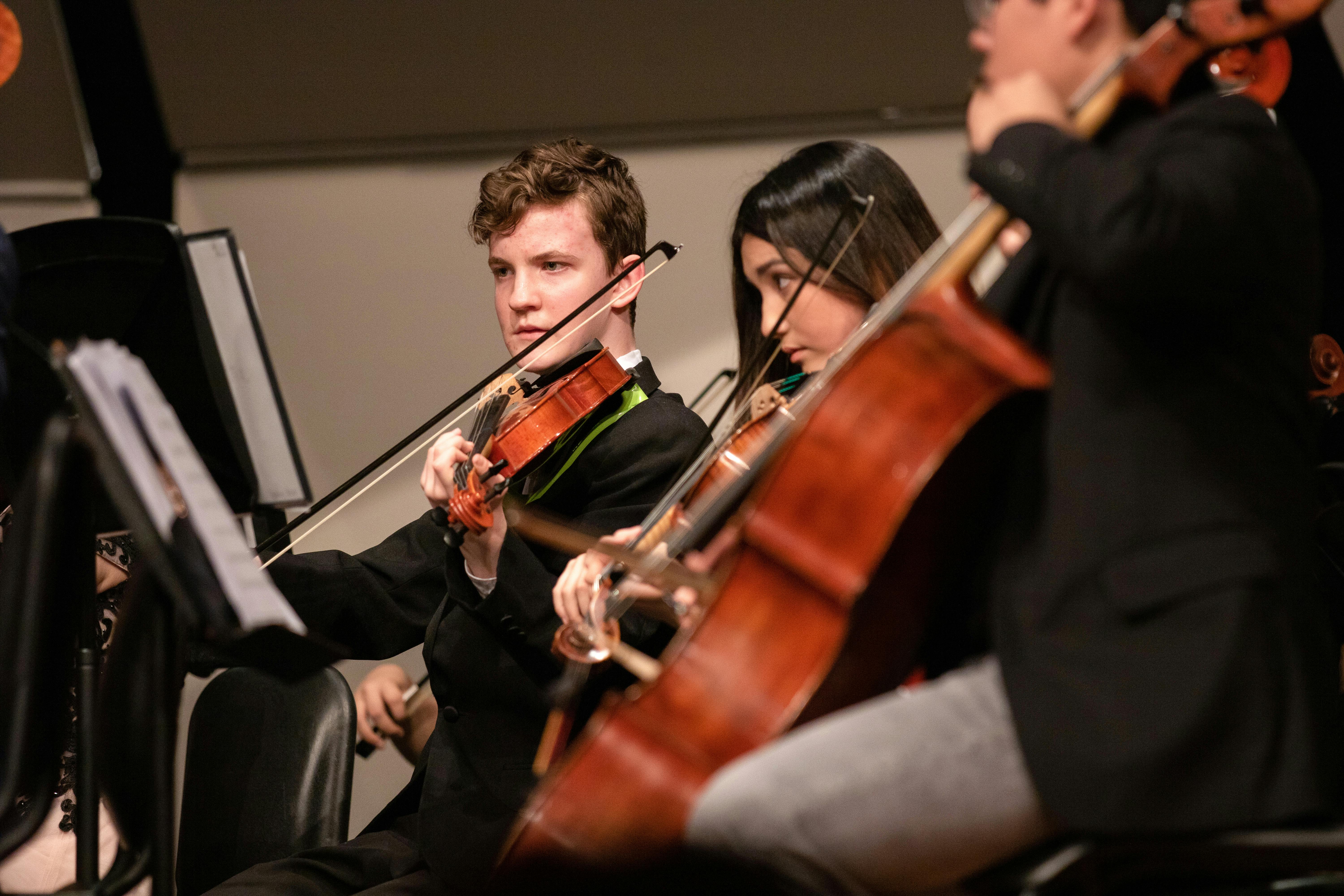If you want to avoid having to pay for piano lessons, there is an effective method that can save you time and money. In essence it is about doing the opposite of everyone else. I have used this principle to skip several piano grades in a matter of months, on my own; I am sure that you can learn to play the piano using this concept.
One of the keys to doing this is to analyze what works and what doesn’t, and adjust what you do accordingly. This is a common concept in business, but I have rarely seen it applied to piano practice. Using it you can avoid having to pay a teacher. It is invaluable when you want to learn to play the piano.
It’s called the 80-20 Rule.
Also known as the Pareto Principle, this is a highly effective concept that has helped me eliminate most of the less effective parts of my piano practice and has allowed me to learn pieces 10 times faster than my peers. I was also able to remove the element of the teacher, which acted as a bottleneck, and began to teach myself.
The principle simply states that 80% of output comes from 20% of effort or time (or 90-10, or 99-1; the exact ratio doesn’t matter, just the rough concept). Applied to piano learning, we found that 80% of progress is due to just 20% effort. Therefore, most of what people do when they practice has little impact compared to several very important things. Unfortunately, what a piano teacher does often ends up being 80% ineffective, which means that, past a certain level, the lessons become less and less useful.
The problem is, which 20% is the most important?
Obviously, when learning a piece, looking at the score is essential; if we don’t do this, we can’t learn the piece. Memorization is the second; if we don’t memorize a piece, we can’t play it correctly. So to begin with, we need to scan the part and memorize it as quickly as possible.
I do this by deconstructing the piece, using a pencil on the sheet music. I mark all the different sections (I look for different musical forms, like ABA and Sonata Form), I count the number of bars, I analyze key changes, I work out repeated sections, I find out where the melody and harmonies are, I find out any patterns in the piece (be it melody, harmony, scales, arpeggios), and label all the different parts.
This is the best way to memorize a piece: by analyzing it to death. Only by doing this can you reach a high level of skill when learning piano on your own.
This activity is perhaps only 2% of what most people do during the entire time they are learning a new piece, yet it represents a good 50% of the final product. So it makes sense to maximize the effect of this by spending more time than usual and going as deep as possible. To balance time, we must also eliminate things that have less impact.
So what can we remove?
Things I had largely gotten rid of include: scales and arpeggios (at least more than once or twice a week for more than half an hour; more than this is excessive and not necessary); practice easy parts (no need, they’re already easy!); not get carried away and practice too much (maximizing post-practice improvement).
Remember, learning a piece at 95% proficiency only takes a few weeks at most, but learning a piece at 99% proficiency can take months, or even the better part of a year. Stick to passable precision rather than invincible technique; most audiences can’t tell the difference. Most teachers don’t know this, but with this knowledge you have taken the first step in being able to learn to play the piano on your own.
